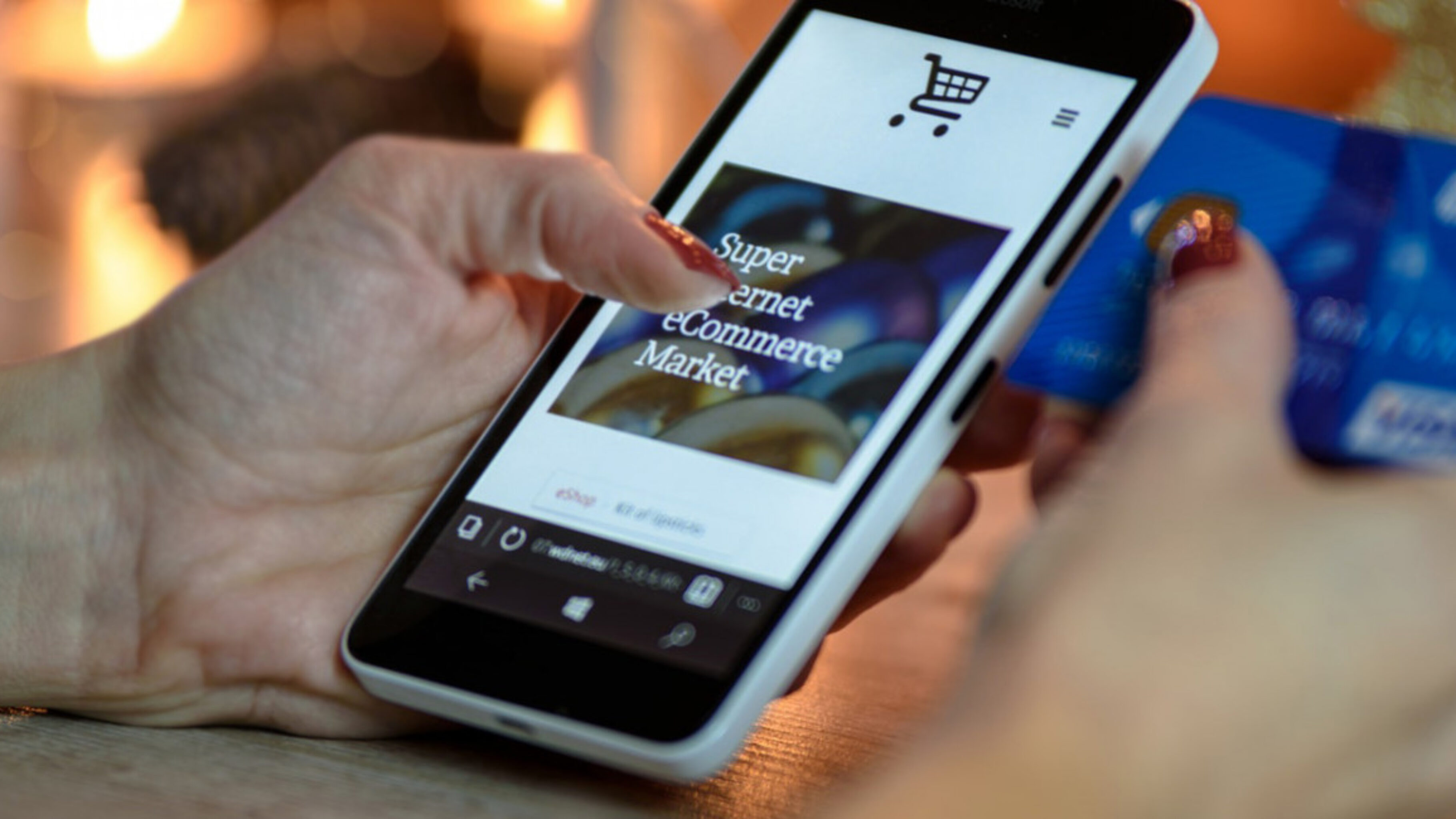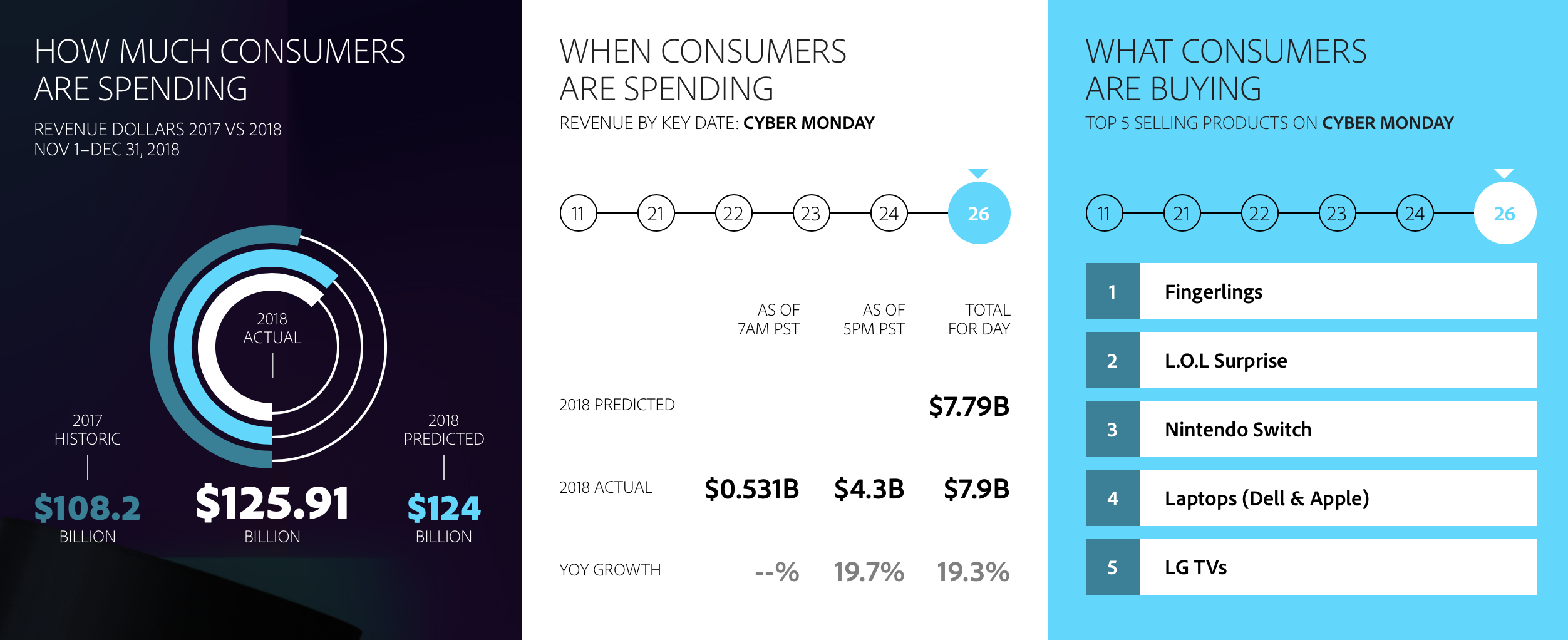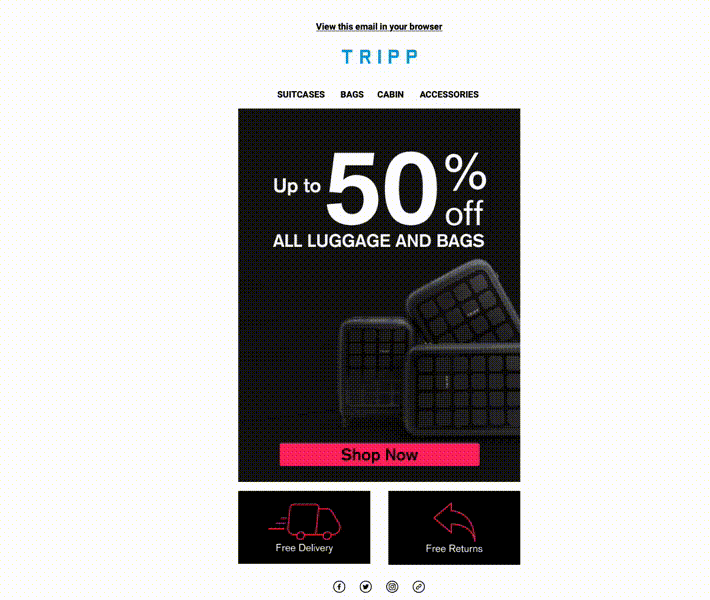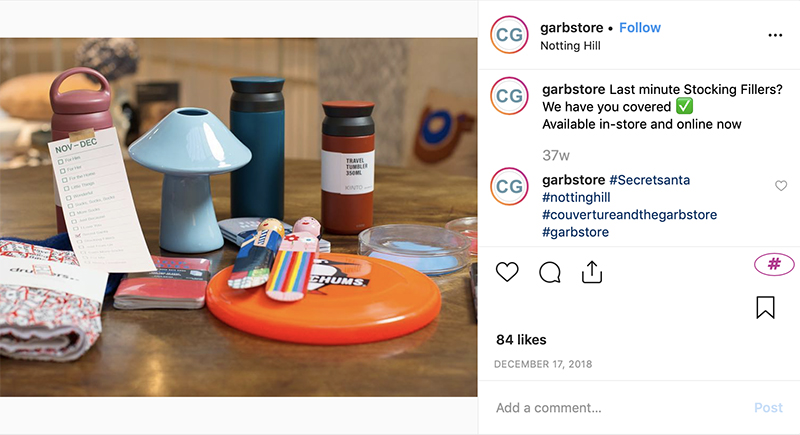The holiday season is around the corner. Some experts suggest starting the planning stage in July, while others do this in September. Do you have your strategy ready? Despite being one of the most frantic times of the year for brands, it is the one that produces the most results. According to Adobe Digital Insights, online sales in 2018 reached 125.9 billion dollars, with a peak of 15.2% in transactions during November and December.
Your digital marketing strategy for the holiday season should cover all fronts: from the optimisation of your eCommerce website, your SEO strategy and keywords to your advertising campaigns. Supporting your message through your social media channels and email marketing is also a great way to deliver consistent content and increase your conversion rate.
Your ecommerce website must be ready
According to Gartner, 64% of customers said that the user experience is more important than the price when it comes to making a purchase decision. This shouldn’t surprise you. Personalisation – as part of any brand’s strategy – is gaining ground. Users want unique and authentic experiences, as well as relevant messages that speak to them at the right time.
If you have managed to get a user to your website, visit your category pages and select a product, there is still a way to go. The amount of consumers who abandon their shopping carts before completing a transaction is almost 70%. Be sure to provide a secure and frictionless checkout experience, including accepting different forms of payment. It is especially important to pay attention to mobile since 62% of all e-commerce visitors come from mobile devices.
Once the user has completed their purchase, shipping and delivery should be up to the rest of the experience. According to the 2018 Global Ecommerce Study, 56% of consumers said they would not buy again from certain brands due to the difficulties they had with delivery times. Excellent user experience does not end with the transaction, but when the user receives the product and is satisfied with the whole journey.
Your advertising strategy for the Holiday Season
Planning is the first step, and you should do it early. The Holiday Season officially begins with Black Friday and continues with Cyber Monday. Although, lately, the tendency is to extend these promotions in the so-called Cyber Week. These are the first dates before Christmas and Boxing Day, another great opportunities for your brand in terms of revenue.
If you have started planning, you should take into account specific tips when developing your advertising strategy. First of all, get your inventory ready! Nothing more frustrating from the customers’ point of view that not finding what they are looking for when visiting an eCommerce website. Your strategy should include exclusive offers (with high ROAS), discount codes and special delivery times. Don’t forget to personalise your activities based on the data provided by your own customers.
Email marketing and retargeting are your great allies, as well as keywords. If you’re ranking well for your main keywords, you’ll be able to get a ton of extra free traffic during this time. In the case of retargeting, don’t ignore the power of the brand awareness campaigns. Don’t just sell products, sell your brand. If you focus your efforts on making your brand known before the holiday season, you will have a larger retargeting pool during November and December.
Consistency is crucial and also the focus of your actions. Your message, keywords and imagery must be cohesive across all your touchpoints. During the holiday season, the emotional factor can help you increase your conversion. So, be festive! From your website and landing pages –which tend to convert better than a standard product page– to your social media posts and ads. Last but not least, promote holiday delivery times as a sales message but do it with some subtle urgency. Applying the FOMO technique is also another conversion boost.
The social media squad is here to support your goals
In the case of Social Media, the planning must be in line with the website optimisation and the advertising strategy. Before thinking about how to promote the brand in social media, it is essential to review the objectives and results of the previous year: Was it effective? What metrics did you use? How was the ROI?
This will allow not only to re-adapt successful actions but to rethink those that did not have the expected results. When it comes to planning and promoting your Holiday Season messages on social media, you need to be clear about your KPIs. The campaigns during this time of the year, naturally focus on conversions and sales. But you can also improve your brand awareness, engagement or even increasing your email list.
Your marketing calendar is very handy. Not only does it allow you to visualise the critical dates, but to plan in advance all your social actions. Remember that although the ultimate goals are sales and increase profits, retain your users and their loyalty, is equally important. The creative part cannot be set aside. The general visual style of your social posts should be consistent with your website and your ads. Mood boards are a great tool at this stage of planning.
Also, the editorial style and tone of your communications is an essential part of your brand message. The way you promote yourself and your product, and the use of keywords must be taken seriously. Don’t forget to include trackable links in your ads and social media posts. This way, you will be able to follow your activities and have a much clearer vision of your results.
To finalise, here are some of the most important dates of the coming Holiday Season:
- Halloween: Thursday, October 31
- Black Friday: Friday, November 29
- Cyber Monday: Monday, December 2
- Christmas: Wednesday, December 25
- Boxing Day: Thursday, December 26
- New Year: Tuesday, December 31











